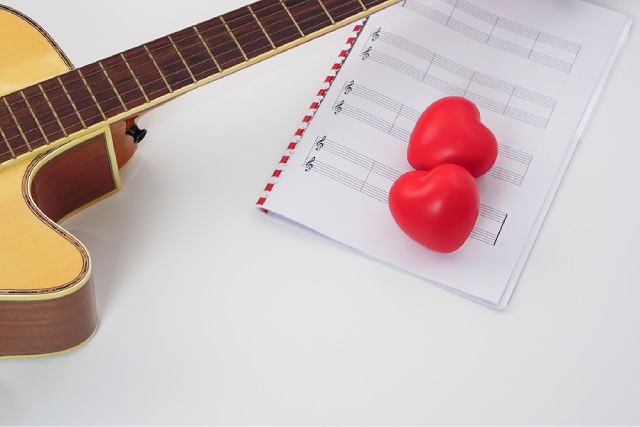Mastering essential drum rudiments for beginners is the first step to building a strong drumming foundation. Understanding these drum rudiments improves hand coordination, timing, and overall musicality. For aspiring drummers, learning and practising drum practice exercises for beginners consistently can make the difference between a novice and a confident, versatile musician. In this guide, we break down key drum rudiment exercises, explain their importance, and provide practical exercises to get started.
Understanding the Basics of Drum Rudiments
Drum rudiments are fundamental patterns that form the basis of drumming technique. They consist of specific sequences of strokes that train your hands and fingers for speed, control, and precision. Historically, rudiments were used in military and marching bands to teach drummers uniformity and discipline. Today, they are essential in modern drumming styles, including rock, jazz, and fusion.
Rudiments can be categorised into several types:
- Single Stroke Roll: Alternating hands one after another.
- Double Stroke Roll: Each hand plays two consecutive notes.
- Paradiddles: Combinations of single and double strokes to improve coordination.
- Flams: A primary stroke paired with a grace note.
- Drags: A sequence with two grace notes followed by a primary stroke.
Learning these beginner drum rudiments ensures your technique is solid and adaptable across musical genres.
The Importance of Drum Rudiments in Drumming
Drum rudiments are the foundation for all drumming skills. Practising them develops hand speed, control, and endurance. They also improve timing, which is crucial for keeping rhythm in any band setting.
By mastering drum technique for beginners, drummers gain confidence to play complex fills, grooves, and solos. Professional instructors emphasise their importance because drum rudiment exercises form the building blocks for advanced techniques. Aspiring drummers can benefit greatly from structured guidance at Studio 72, where lessons focus on both rudiment mastery and practical application.
Essential Rudiments for Beginners
Before diving into complex drumming patterns, it is important for beginners to establish a solid foundation with essential drum rudiments. These basic patterns train your hands, improve coordination, and develop speed and control, making it easier to tackle more advanced techniques later. Consistent practice of these rudiments ensures that your drumming remains precise and versatile across different styles.
Here are the fundamental drum rudiments every beginner should practice:
- Single Stroke Roll: Alternating hands in a continuous sequence. It develops evenness and control and forms the basis of most drumming patterns.
- Double Stroke Roll: Each hand plays two consecutive notes. This rudiment improves smoothness and prepares drummers for faster patterns.
- Paradiddles: A combination of single and double strokes, paradiddles enhance sticking coordination and help in creating dynamic fills.
- Flams: Adding a grace note before the main stroke produces accents and depth in drumming.
- Drags: Involve two grace notes followed by a primary stroke, perfect for adding subtlety and finesse to rhythms.
Incorporating these drum rudiment exercises into daily practice builds confidence and versatility.
Practice Exercises to Build Rudiment Skills

Structured practice is key to mastering drum rudiments. Beginners should start slowly and gradually increase speed. Consistent, focused practice not only improves hand coordination but also builds muscle memory for more advanced drumming techniques. Some effective exercises include:
- Warm-up Routines: Use single and double stroke rolls to loosen hands and establish a rhythm.
- Combination Patterns: Merge paradiddles and flams into simple grooves to apply rudiments in a musical context.
- Timing Practice: Use a metronome to ensure accuracy and consistency.
For personalised guidance and more structured routines, consider enrolling in drum lessons, where instructors provide expert advice tailored to each student’s level.
Mistakes to Avoid When Practising Drum Rudiment
While practising drum rudiments, beginners may encounter common challenges that can slow progress. Recognising these mistakes early and learning how to correct them is essential for developing proper technique and improving overall drumming performance.
Even with consistent practice, beginners often make predictable errors:
- Uneven Sticking: This affects rhythm and control. Focus on alternating hands evenly.
- Neglecting the Metronome: Timing is essential; always practise with a metronome.
- Ignoring Dynamics: Accents, flams, and drags lose their impact without proper emphasis.
Professional instructors can correct these mistakes early, ensuring faster progress and better technique.
Tools and Resources for Practising Rudiments
Effective practice requires the right tools and support. A practice pad or snare drum is essential for quiet, focused practice, and using a metronome helps develop timing and rhythm consistency. Beginners can also benefit from online tutorials and apps to supplement their learning.
For personalised guidance and professional tips, students can contact us to enhance their drumming practice.
Conclusion
Mastering drum rudiments for beginners is crucial for building a strong foundation. While practising at home with exercises like single and double stroke rolls, paradiddles, flams, and drags is effective, professional instruction helps correct mistakes and accelerates progress. Consistent practice, attention to technique, and structured guidance form the path to becoming a confident and versatile drummer.
FAQs
What are the basic drum rudiments every beginner should learn?
Beginners should start with single and double stroke rolls, paradiddles, flams, and drags to build foundational technique.
How long does it take to master drum rudiments?
With consistent daily practice, most beginners see significant improvement within 3 to 6 months.
Can drum rudiments improve timing and coordination?
Yes, practising drum rudiments strengthens hand coordination and develops precise timing.
What is the difference between single and double stroke rolls?
Single strokes alternate hands once per note, while double strokes use each hand twice consecutively, building smoothness.
Are there online or in-person lessons for learning drum rudiments?
Yes, structured instruction is available for all levels, either online or in-person, with professional guidance.






